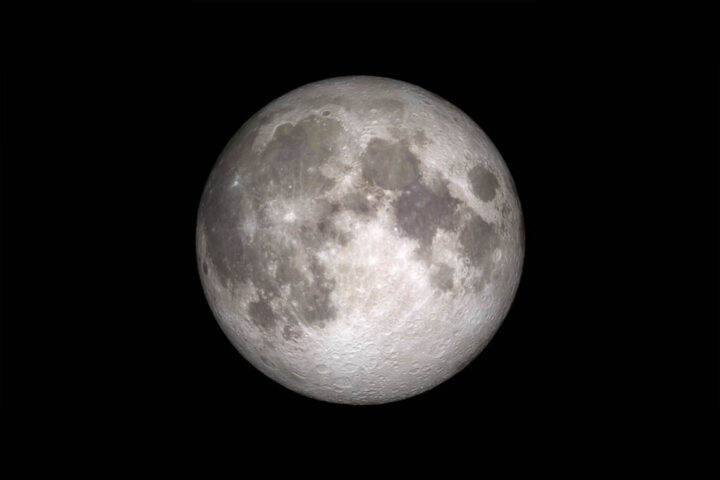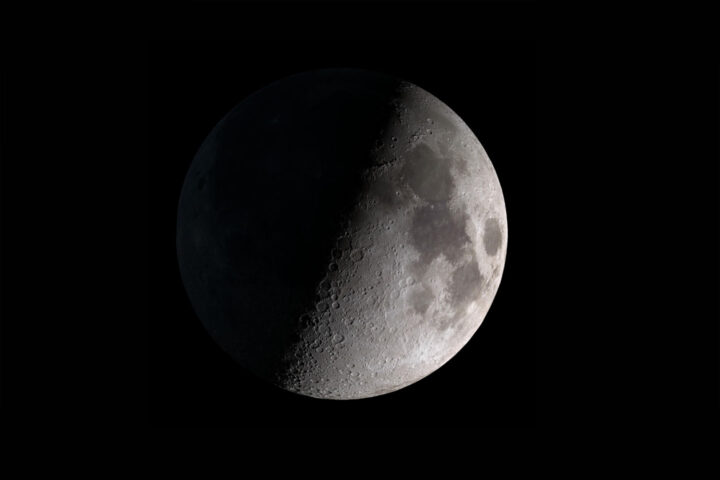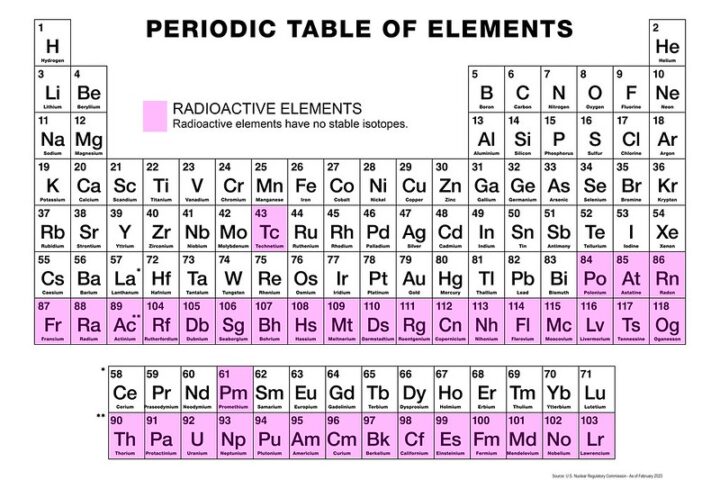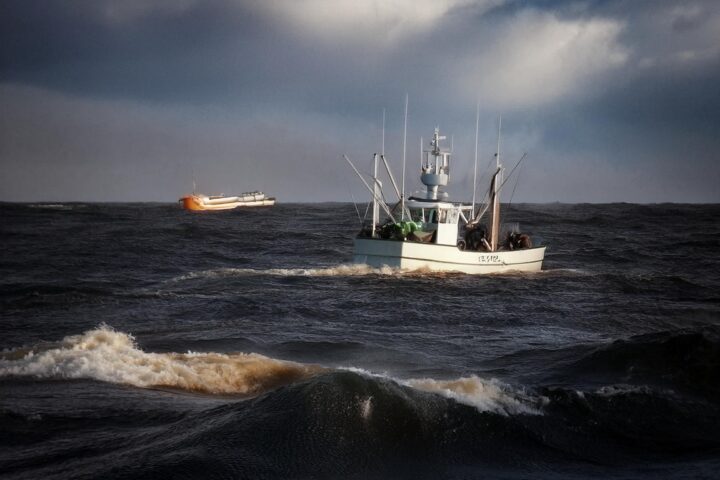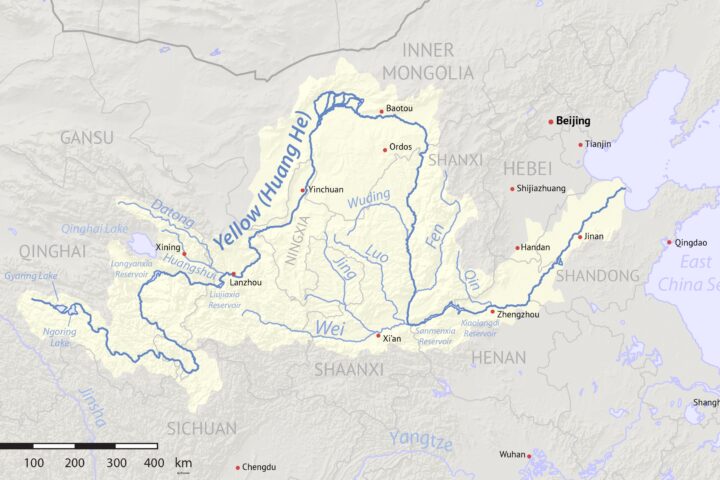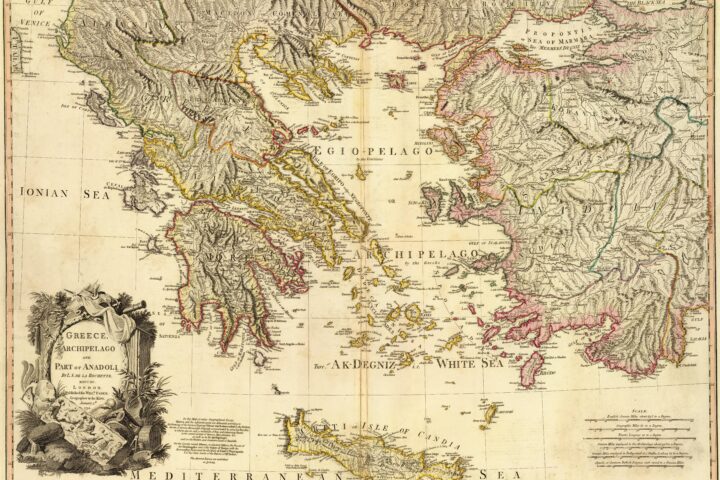Source: pexels-pixabay-drop-of-water-inject-water-drip-45229
As we advance further into our future and evolve as a species, we risk depleting our resources and the gifts nature has given us. Every good thing we have comes at the cost of losing something else. You might have heard of the ongoing resource crisis in the news. It’s become quite a problem for all of us considering we rely heavily upon these things.
The ongoing water crisis is also something to ponder about. The clean and freshwater resources on earth are affected by multiple factors. And while it’s true that our earth comprises of 70% water, there’s no telling what will happen to this abundance if we keep on with what we are doing right now.
Where is the water going?
If you have enough water to drink, bathe, and wash, consider yourself lucky. There are millions of small kids, women, and men out there who don’t get ample amounts of water for even drinking. Why? If we have so much water on earth, where is it going?
Many places have too much of water- floods- while many other places don’t even have a single drop- droughts. These are natural calamities which can happen on their own, but the way our activities have impacted the environment also has to do something with it. Climate change is what we call it.
As the planet gets warmer, the earth’s land gets even hotter and drier. This, added with another phenomenon called the Hadley Cell Expansion in which clouds move away from the equator to go to the poles, deprives many regions of rainwater. At the same time, many other areas situated near water bodies are at risk of flooding. This is because of climate change too- it also increases precipitation.
Let’s also not forget that the earth’s population is also increasing steadily. More people equate to more demand of water. There are currently 7.5 billion on earth and there will be 2.3 billion people added to this by 2050. This also includes using water for activities which require it for rearing and cultivation.
30% of the freshwater on earth is present in its underground sources. This water is used for a lot of things- farming, drinking, etc. India is the country which uses more groundwater than any other and as a result, 54% of their groundwater wells are decreasing steadily.
What our reports tell us
Let’s get onto what research is warning us about. Currently, two to three billion people face a water shortage at least once a month every year. In 2016, there were 930 million people from the urban population who were facing this type of water insecurity and this number is expected to double to 1.7-2.4 billion in 2050.
Between 2000 and 2050, there will be a 55% increase in the water demand. It has also been estimated that there will be a 20% increase in the water withdrawal for energy. Many aquifers (groundwater resources) are receding in India and China and will suffer quite a lot in the upcoming years.
Another recent study tells us that India is going to be one of the most severely hit countries in terms of water-scarce urban population, and that the number of large cities facing water scarcity will also increase from 193 to 193-284. This number includes 10-20 megacities.
It is expected that 50% of the global population is going to live in areas facing water scarcity because of climate change by the year 2050. We are looking at a dire future.
Current scenario

Source: Wikimedia_Water Crisis-By MrGauravBhosle – Own work, CC BY-SA 4.0
What of our present circumstances? According to UNESCO, some 2 billion people do not have access to safe drinking water. This is 26% of the population. 3.6 billion- 46% of the population- does not have access to safely managed sanitation.
A child dies every two minutes because of a water-related disease. More than 1 million people give up on their life every year because of some disease caused by water, sanitation, and hygiene issues. Every year 260 billion US dollars are lost because of a lack of water and sanitation. Out of the 409 wells in northern India, 208 wells have reported a fall in their water levels. Some experts believe that this can result in war, citing the example of the current Syrian civil war which started when numerous rural communities were driven out after the county suffered from a drought.
A recent study conducted to study the earth’s water crisis found that there is a rapid decline in dissolved oxygen levels in the water found on earth. This has been studied properly to find out that increase in the temperature of the water significantly reduces the amount of oxygen the water can hold onto. This can be attributed to the greenhouse gas emission in the environment which is warming up the earth. Parallel to this is the aquatic life which depletes the oxygen faster than it is replenished. This has a direct impact on both life on land and in water.
In such situations, it becomes obvious that we all have to work together and cooperate to fight this water crisis. Every other water-related task requires the cooperation of different groups. Farmers cooperate to reap the benefits from a common irrigation system spread out on their lands. Water distribution and management involves a team which works together to finish their task. Similarly, we need to come together and address this issue as a team as well.
Resources
Where is the water going?
- Schleifer, L. (2017). 7 Reasons We’re Facing a Global Water Crisis. World Resources Institute. https://www.wri.org/insights/7-reasons-were-facing-global-water-crisis
What our reports tell us
- Imminent risk of a global water crisis, warns the UN World Water Development Report 2023. (2023). Unesco.org. https://www.unesco.org/en/articles/imminent-risk-global-water-crisis-warns-un-world-water-development-report-2023
- He, C., Liu, Z., Wu, J. et al. Future global urban water scarcity and potential solutions. Nat Commun 12, 4667 (2021). https://doi.org/10.1038/s41467-021-25026-3
Current scenario
The Water Crisis: Shortage, Problems & Solutions | Water.org. (2023). Water.org. https://water.org/our-impact/water-crisis/
Imminent risk of a global water crisis, warns the UN World Water Development Report 2023. (2023). Unesco.org. https://www.unesco.org/en/articles/imminent-risk-global-water-crisis-warns-un-world-water-development-report-2023
Kirkland, C. (2023, July 25). A look at global freshwater distribution and how we can save it. World Economic Forum. https://www.weforum.org/agenda/2023/07/global-distribution-fresh-water-withdrawals/
Smedley, T. (2017, April 12). Is the world running out of fresh water? Bbc.com; BBC. https://www.bbc.com/future/article/20170412-is-the-world-running-out-of-fresh-water
TOI Science Desk. (2024, July 23). Earth’s water depleting oxygen rapidly: Poses significant threat. The Times of India; Times Of India. https://timesofindia.indiatimes.com/science/earths-water-depleting-oxygen-rapidly-poses-significant-threat/articleshow/111959894.cms
The Tribune India. (2024, July 24). In Parliament: Water table depleting fast in Punjab, 65% wells register fall. Tribuneindia News Service; The Tribune India. https://www.tribuneindia.com/news/punjab/in-parliament-water-table-depleting-fast-in-punjab-65-wells-register-fall-642975#


